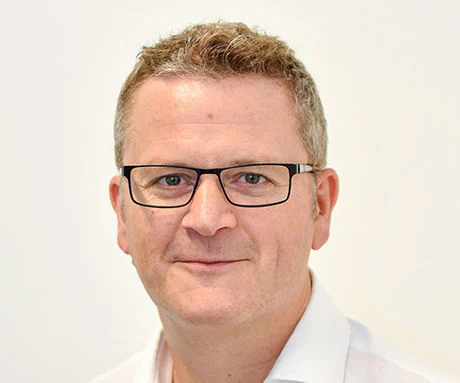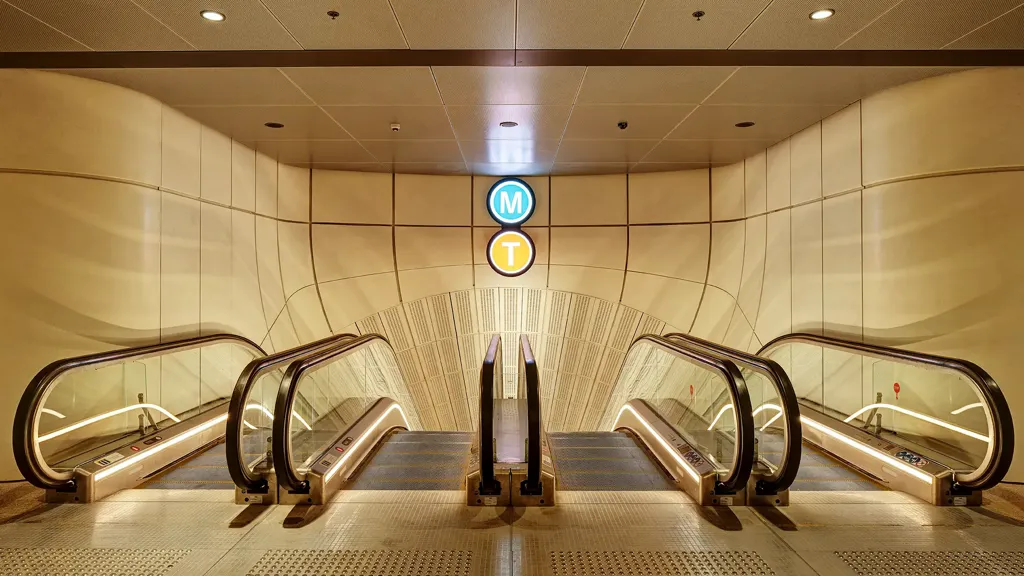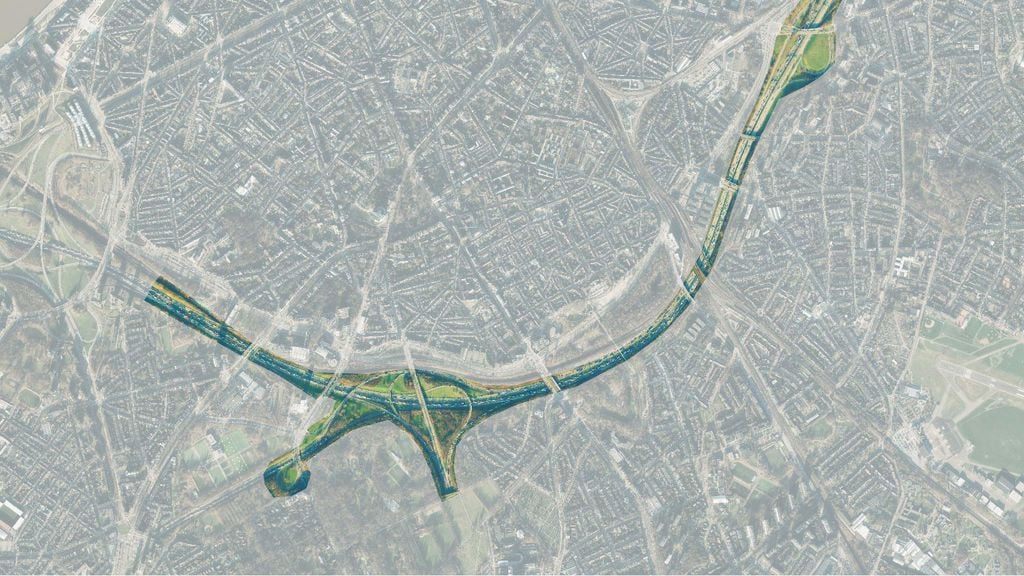Explore
Discover more of our expertise:
Contact our team today:

Mohammad Tabarra
Global Tunnel Ventilation Leader
I lead Arup's tunnel ventilation team, advising clients contractors and operators on industrial tunnel ventilation and metro projects, as well as solar energy projects.

Mark Wallace
East Asia Tunnel Design and Ventilation Leader
Mark is a director at Arup with over 30 years experience in project management, site formation, ground and project risks, underground space, geotechnical design, engineering geology and tunnelling related work.

Neil Martini
Europe Tunnel Design and Ventilation Leader
Neil Martini is an Associate and Chartered Civil Engineer working with Arup’s Infrastructure team in Copenhagen.

Matt Sykes
UKIMEA Tunnel Design and Ventilation Leader
Matt leads Arup’s civil structural, bridges and tunnelling team in our London office – a group of enthusiastic engineers who challenge themselves to constantly improve solutions.




















